Director: Teddy Yip
Producer: Run Run Shaw
Cast: Shih Szu, Ku Feng, Dean Shek Tien, Tung Li, Wong Hap, Yue Fung, Kong Ling, Kwok Chuk Hing, Lee Ho, Barry Chan Wai Ji Wan, Chan Chan Kong, Unicorn Chan, Cheung Hei, Chiang Nan, Chu Gam, Ho Kei Cheong
Running Time: 83 min.
By Matija Makotoichi Tomic
Seems it’s impossible to write a review about The Black Tavern without mentioning King Hu. When it comes to inn-based wuxia films, who could match the skill and the vision of this undisputed master? After seeing what Hu can do, did it really make sense making a movie that probably owes it’s very existence to the classics he has blessed us with? Well, actually it did, becuase even though Teddy Yip lacks that touch of zen that made Hu the King of the genre, his movie follows a different formula but ultimately delivers and should be recommended for it’s pure entertainment value if nothing else.
When a shabby monk sings a song about the corrupt official who’s heading south carrying treasure he mounted through the years, the greedy bunch of no-goods surrounding him starts scheming on how to get their hands on the loot. Soon, they begin gathering at the remote inn waiting for their target to come.
Director Teddy Yip had an interesting directing career. In 1971, he made a movie called The Blade Spares None, lovely swordplay with Nora Miao as Miss Ho, a heroine dressed in red known by her nickname “The Blade That Spares None.” It was his first and only movie for Golden Harvest, followed later that same year with The Eunuch, his first movie made for Shaw Brothers studio.
The Black Tavern came next and was his second and last SB movie. Not having a major studio to support him didn’t slow Teddy Yip down, he continued his work and eventually ended up directing some very well known and well-reputed Beardy flicks. Even though it was only his third movie, The Black Tavern is made with considerable skill. Teddy used what he had to maximum efficiency starting with the inn that he turned into a stage on which he successfully gave life to his vision. It is the combination of those inn shots with the snow covered exteriors that give this movie a unique atmosphere; imagine The Hateful Eight with swordsmen, an inn in place of a haberdashery and SB sets covered with false snow instead of the beautiful, 70mm snowy Colorado scenery. Needless to say that the lack of real snow or location shooting didn’t result in ruining the general impression, nor the atmosphere for that point.
What makes the whole inn gathering situation so interesting is the fact that it seems there aren’t any good guys as they all seem to have bad intentions. It will take until the final third of the movie to filter the potentialy good ones from the rest of the thieving lot. Here’s where Ku Feng takes his chance to shine and be proven best while he is the worst of them all. His is the role of the infamous Whipmaster and his perfomance is flawless. Even the whip action he delivers is more impressive than what can be seen in Lo Wei’s 1971, SB classic The Shadow Whip with Chang Pei Pei doing the whipping.
Another rightful legend appears in The Black Tavern: it is pale-faced Wu Ma as the false corpse herder with a deceitful plan which includes the Five Ghosts of Xiang Xi he’s the leader of. Dean Shek has the role of the aforementioned singing monk. His character is (as expected) not a serious one and his performance only borderline goofy this time.
Last but not least is Shih Szu, SB beauty who gets more and more screen time as the movie reaches its end. She is Caibing (Cuiping), a student of Lady Hermit, obviously reprising her role from Ho Meng-Hua’s The Lady Hermit made one year prior to this movie. These movies share the same writer, Yip Yat-Fong, so that explains the connection. While in the first movie Caibing was searching for Lady Hermit wanting to become her student, here she’s continuing her master’s quest to cleanse the martial arts world from scum.This connection is not enough to make The Black Tavern a sequel to The Lady Hermit but could in a way be considered its spin-off.
Even though Chang Cheh deflowered the martial arts audience shedding heroic blood all over his films, somehow it still surprises me to see an old schooler as bloody as this one is. There are a few imaginative decapitations which are all but boring and already seen, and the villain takeout should be filed under: legendary. Violence here is satisfactorily brutal and spices up what is already a fine action.
If you ask me, I would say The Back Tavern is definitely above average. I was watching old SB stuff randomly these days and I can say this one succeded where others have failed. First of all, in keeping my attention for the whole time but also in getting that smile on my face that means I’ve just seen a really good movie. So, if you’re not on a mission to watch every martial arts movie SB studio ever produced but are interested in more than just the best of, you won’t miss with this one. I doubt Tsai Ming-Liang would ever consider making a movie called Goodbye Black Tavern since it’s not major league material as King Hu’s masterwork, but it offers more than expected in less than 90 minutes of your time.
Matija Makotoichi Tomic’s Rating: 7.5/10


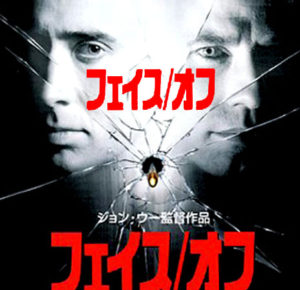
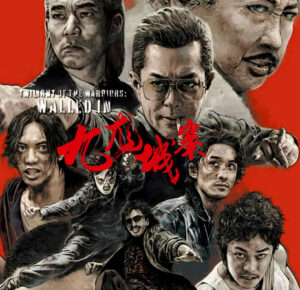

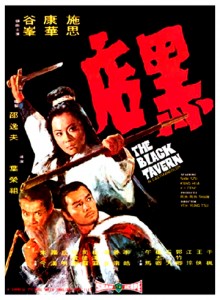


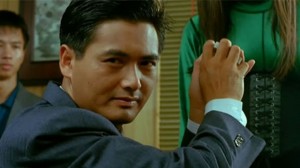

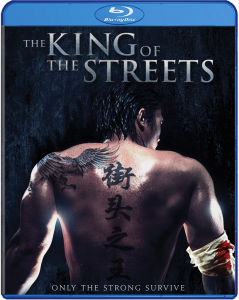
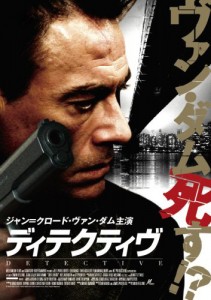


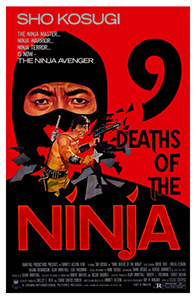

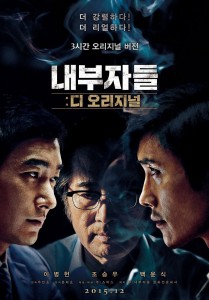
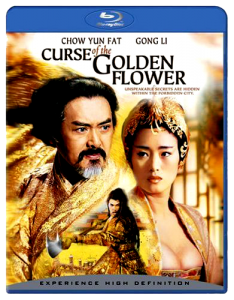

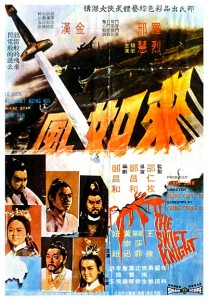
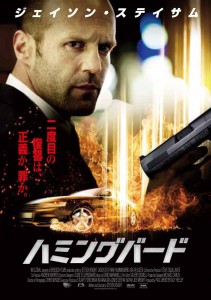




2 Comments